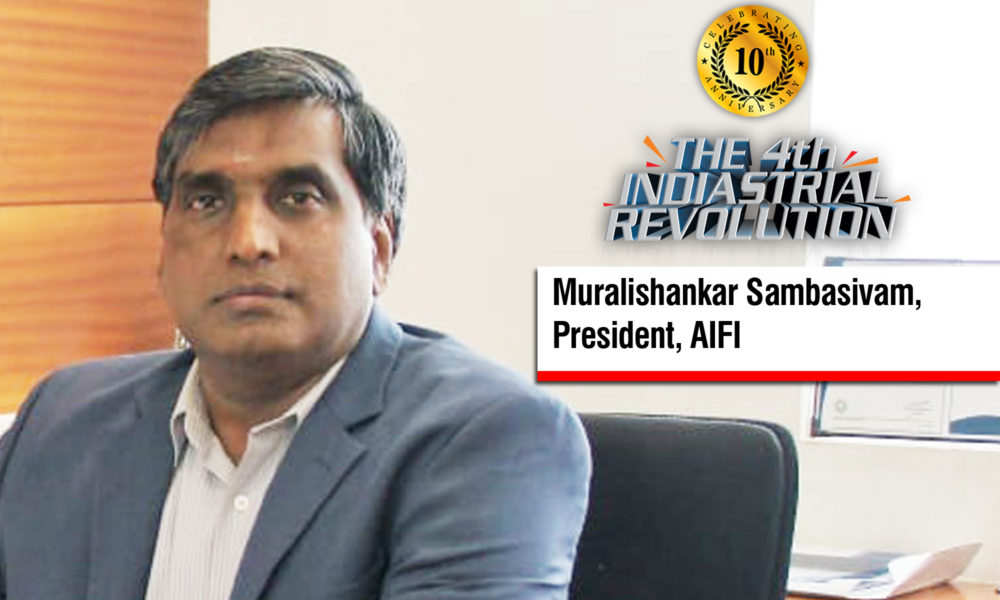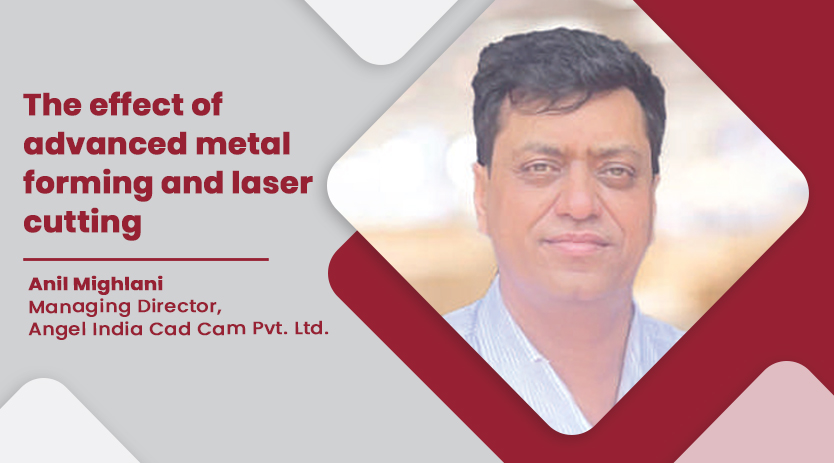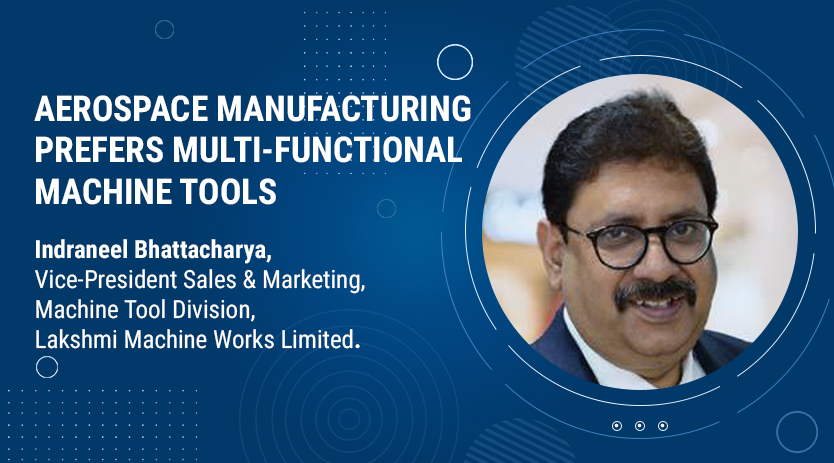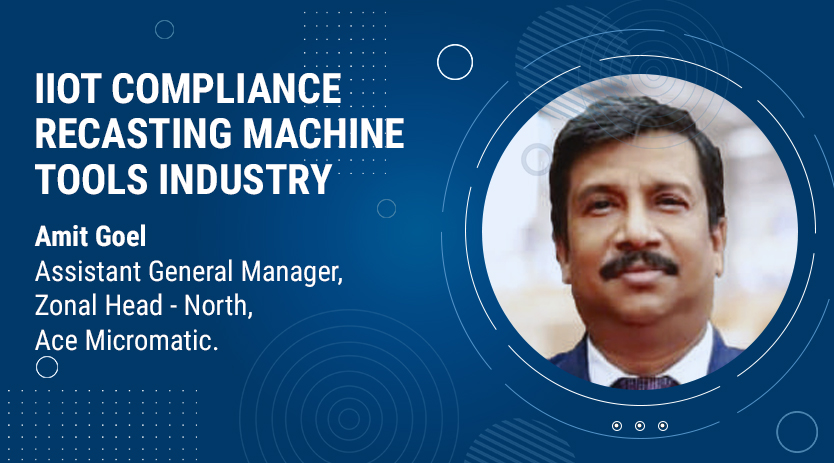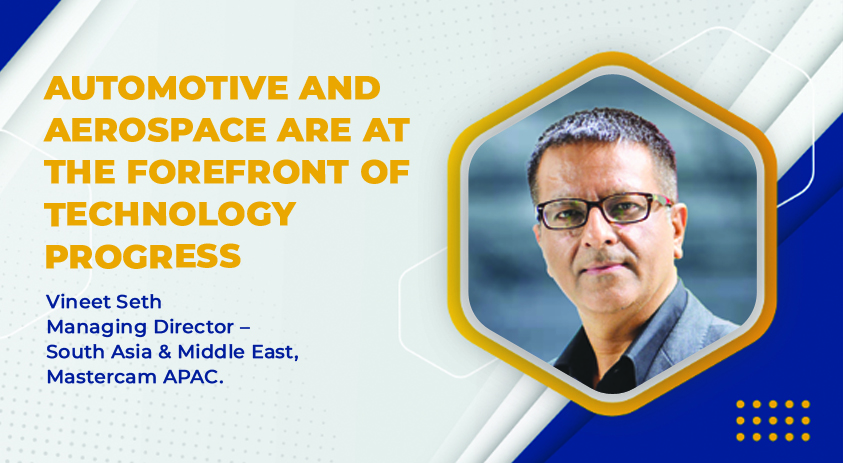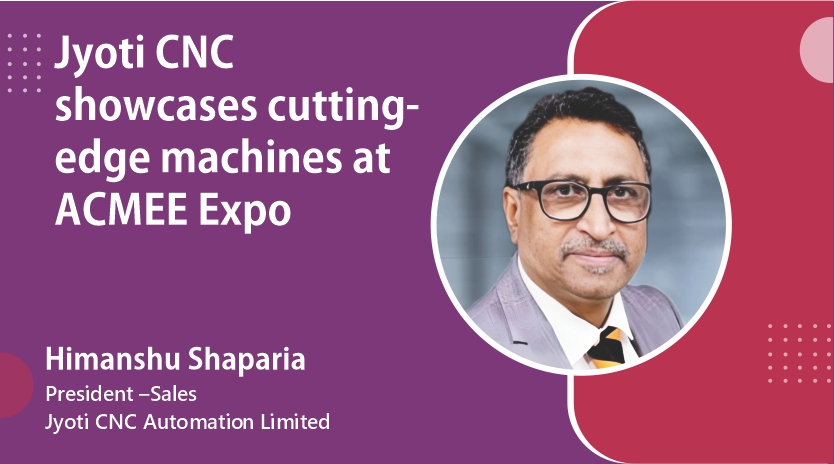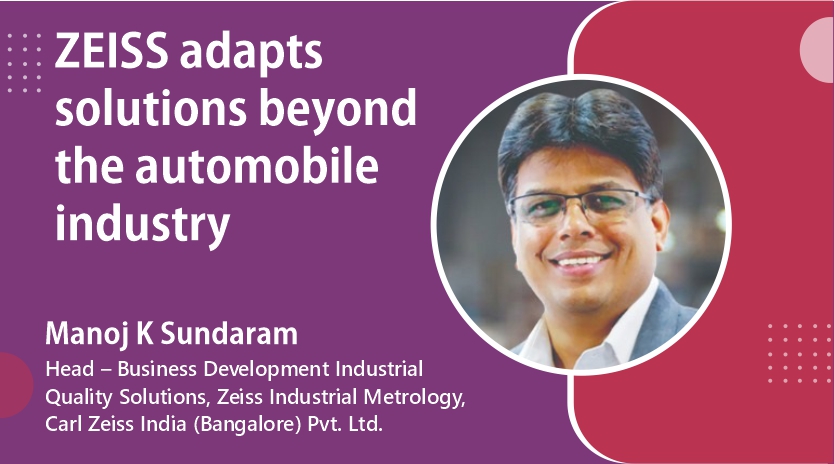Capitalising the global forging market
June 18, 2019 12:34 pm
With a growth rate of 9-10 per cent annually, the Indian forging industry is ready to take on the global counterparts, however, not without digitisation and few policy aides, says. Muralishankar Sambasivam, President, AIFI in an interaction with Zaid Lakdawala of OEM Update.
What your views on Mudra loan, hogging the headlines due repayment challenges posed by the MSMEs?
The reason behind launching Mudra Loan was really noble. Earlier, without collateral, banks didn’t use to give loan to micro industries and small scale industries to start up any new project. The main reason to bring about Mudra loan was to give loan to the deserving people without collateral, enabling them to start their industries and overcome any capital difficulties in doing so. But, now-a-days what happens is that repayments of these loans are cause of concern. Not all the people who get Mudra loan are genuine. Some people take advantage of the loan given to them; some of them also use it as a bridge loan. However, if the concerned authorities take proper measures then this misuse of the loan would come to an end. But I would say that this initiative is for a noble cause and it shouldn’t be stopped.
What do you think on Make in India the dawn of ‘New India’, has made for India’s forging industry?
Last year, the forging industry had a growth rate of 9-10 per cent. With a lot of global companies investing in India and putting up their offices here, global opportunities came along the way for the Indian forging industry. The main reason for this surge was global re-investment cycle which normally happens in 10-15 years, where the Tier 1 OEMs upgrade their capacities either for enhanced features by default; they do it every 10 years to upgrade their technology. So, most of the Tier-1 OEMs are in that phase now.
The difference between the way we invest and the way global OEMs invest. Is, that whenever they opt for such investment, they go for very high one, maybe millions of dollars. So, instead of investing in making a product, they tend to buy the product rather than making it in-house.
There are lot of global Tier-1 companies who want to buy finished, ready-to-assemble forgings. Right now, China is the net importer. China, themselves are building 21 million automobile passenger cars every year. However, those Chinese forging or automotive manufacturers are not able to meet their local domestic demand. So, there is an opportunity for exports; which gives India a huge opportunity.
How can Digital India be more user-centric?
The forging industry has a lot of opportunities for exports. So, if you look at the Indian forging sector, as per a survey we did, we have close to 400 units in India i.e. 80 per cent of SME/MSME sector consists of the forging companies. So, whatever opportunities are coming along the way of forging, we need to capitalise on that and upgrade ourselves.
Upgradation of technologies and processes is a must to meet the global requirements and implement digitisation. Most of the small and medium scale industries operate with gas fire furnace or oil fire furnace. With these kind of furnaces, the quality, the rejection, etc. will be a problem. So, these industries necessarily have to go for the latest technology designs.
As an association, we are pushing the people to give some kind of technological upgradation funding to small scale industries. A lot of bigger companies have upgraded themselves with IIoT where condition monitoring, current monitoring is part of their process. For the SME/MSME, to get that kind of technologies, a lot has to happen.
How would you define the role of AIFI to promote and develop the Indian forging industry?
Digitisation is only happening with medium-large scale companies, while small-medium companies are still awaiting or undergoing technological upgradation. IT awareness is not fully operational. As an association, we are conducting a lot of training programs. Recently, AIFI conducted a forging conference, ASIAFORGE, Meeting in Chennai, where one of the key topics was about digitisation.
As an association, we are also engaging with the government to form a technical centre of excellence; to start with one in the south. The centre of excellence will have capability for simulation, testing, quality analysis for both materials and process. Once it has been done, we can start opening up more such centres across India. EEPC (Engineering Export Promotion Council of India), when did an industrial survey, one of the commodity that excelled well and showcased a good growth and future was the forging industry. The government, because of this, is interested in providing impetus to the forging industry.
What is AIFI’s next approach?
Our next approach is, that we are planning to have industry clusters. With QCFI, we are also planning a Zed Program i.e. Prime Minister’s ‘zero effect, zero defect program’me. We also conducted many awareness program with this ZED program for the forging community. Though a lot of things are happening, currently, in the forging sector, a complete implementation of technologies will take time.
Steel prices and supply and demand gap concerns still looms the forging industry. What are your views?
India experienced a steep rise in steel price in the last one and a half year, in lieu with the global market. There was some increase globally, but, the delta between global and Indian steel price was close to `6,000-7,000. We have put forth this data to the government body through our association and also through agencies like the AGMA.
Currently, we are focussing to capitalise the export market, and our steel pricing should be in line with the global pricing. Whenever there is an increase in price, the global customers link it with index such as LME (London Metal Exchange) and AMM (American Metal Market). So, unless we align globally, our exports will not be competitive. No customers will give you a fair pricing unless it is linked globally. We have been talking to the steel industry as well as the government about global benchmarking. If we don’t take appropriate actions, then whatever options we are having on capitalisation, we will not be able to compete on that.
How do you view the roadmap for the future?
Definitely, as an industry, we are looking to grow even though there is an advent of e-vehicles. During our panel discussion in AsiaForge, one of the key take away points was, how e-vehicles are posing threat to the forging industry. But there are also going to be opportunities, because, lot of forging industries across the globe are closing down and that capacity can be utilised. Forging will find its use in metros, solar industry etc. We have to capitalise new market and try to be competitive globally. There might be huge challenges, but certainly the forging industry can capitalise on the short time requirement and long term challenges for the future.
Upgradation of technologies and processes is a must to meet the global requirements and implement digitisation
Muralishankar Sambasivam, President, AIFI
Cookie Consent
We use cookies to personalize your experience. By continuing to visit this website you agree to our Terms & Conditions, Privacy Policy and Cookie Policy.



